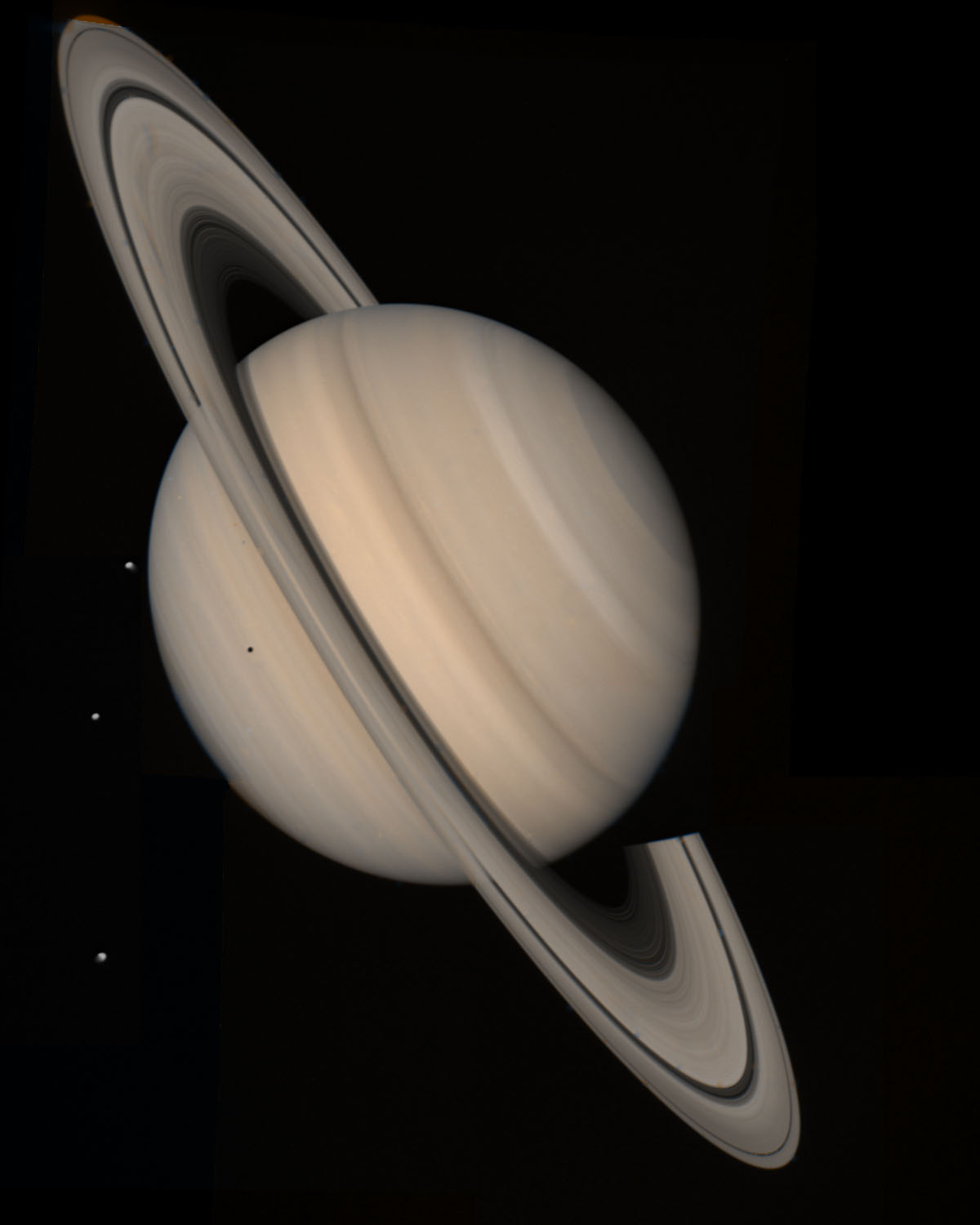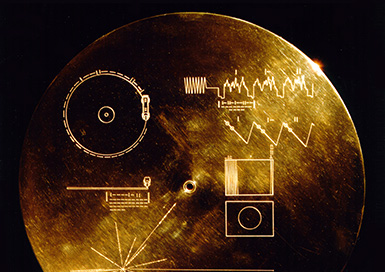As curious as we are, it’s hard for humans to truly explore the vast space around us. We can’t literally go into space, so we have to send drones for us. These space missions take time, and sometimes things go wrong and interfere with the drones. One of the most famous spacecraft sent to space (or two, I guess) were the Voyager missions. As cited from the NASA website mission overview, “The twin Voyager 1 and 2 spacecraft are exploring where nothing from Earth has flown before.” These spacecraft have been send from Earth, and are now farther away from Earth and the Sun than Pluto. They were launched in 1977, and have been in space for over 40 years. Both have now entered interstellar space, which is defined by scientists as where the Sun’s constant flow of material and magnetic field stop affecting its surroundings. The fact that both of these infamous spacecraft are so far away from Earth is a monumental achievement and one that we should be proud of. Some of our best pictures of Saturn have also been taken as a result of the Voyager missions. Take a look at this stunning picture:

If you look closely, you can see three of Saturn’s moons on the left. Saturn has 82 confirmed moons, according to a new published article by National Geographic, and the three pictured here are: Tethys, Dione, and Rhea. There’s also a shadow of Tethys that appears on Saturn’s body, evident by the black dot.
Another extremely famous item that was placed on the Voyager missions were the Golden records, which were selected for NASA by Carl Sagan. As quoted by Dr. Sagan, “The spacecraft will be encountered and the record played only if there are advanced spacefaring civilizations in interstellar space.” The record contains a plethora of information, including diagrams and instructions leading potential ancient civilizations on the origin of the spacecraft. There are musical pieces, spoken greetings, and messages from President Carter. It’ll take these spacecraft forty thousand years before they even begin to approach other planetary systems, which is truly a long time. By that time, humanity will either have mastered interplanetary colonization or died out, but no matter what happens we can take solace in fact that a piece of our civilization is out there, floating peacefully. There is a small chance that an alien race technologically advanced enough to understand the meaning of the Golden Record exists, and that is a thought that is truly exciting.
